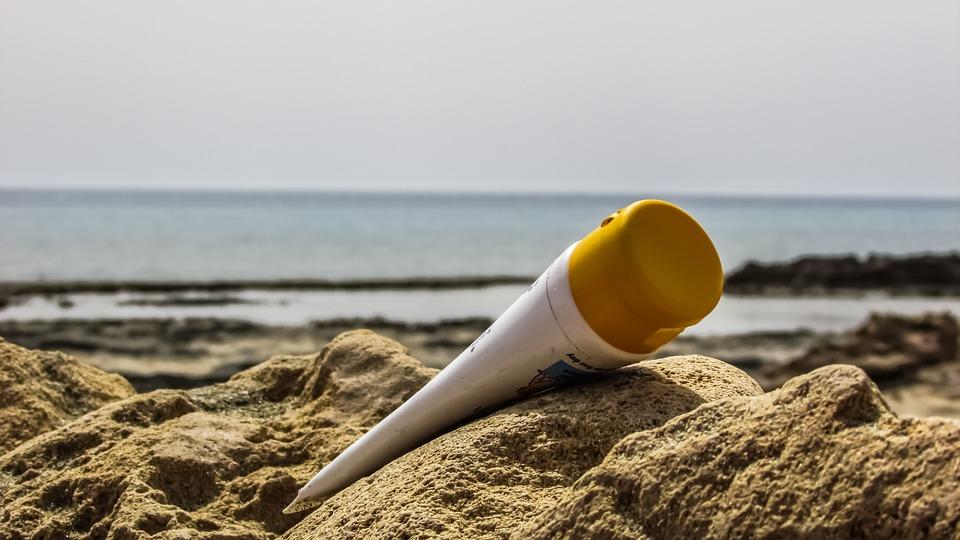Here’s The Deal With The SPF 30 Rule

Pixabay
When it comes to the rumors out there about sunscreen use and skin health, it can feel nearly impossible to separate fact from fiction. So we’re going to step in and help, specifically with the SPF 30 Rule, which is the idea that no one really ever needs to buy a sunscreen product with more than SPF 30 in it.
So many people freak out about this one because the sunscreen market is oversaturated with options that reach the SPF 100+ mark year after year, making a measly SPF 30 look inferior. But surprisingly, there is little difference in UVB ray protection in this seemingly broad range.

Pixabay
According to the Environmental Working Group, properly applied SPF 50 sunscreen blocks 98 percent of UVB rays and SPF 100 blocks 99 percent. But SPF 30 still does a stand-up job in deflecting 96.7 percent. Higher SPF products also have to add more chemicals to the mix to create that minuscule difference in sun-guarding ability, and many of those chemicals can harm the skin more than those few percentage points can protect it.
Additionally, we have to take into account how well the product tackles UVA ray protection. Unfortunately, because UVA and UVB protection don’t harmonize in one product, higher SPF sunscreens often end up offering our skin worse protection from UVA rays since they’re focusing dominantly on the UVB spectrum. So we end up avoiding sunburn easily while risking deeper skin damage and leaving the door open for skin cancer.
And finally, the bulk of consumers rarely put on enough sunscreen anyway to experience the protection amount listed on the label — and the higher the SPF, the less lotion we think we actually need to apply. So psychologically speaking, sticking with SPF 30 encourages proper application and reapplication, thus providing better and consistent protection.
So the final verdict is the SPF 30 Rule is pretty sound, and sticking to it instead of falling for super high SPF marketing will likely bode well for you and your skin. You’re welcome.











